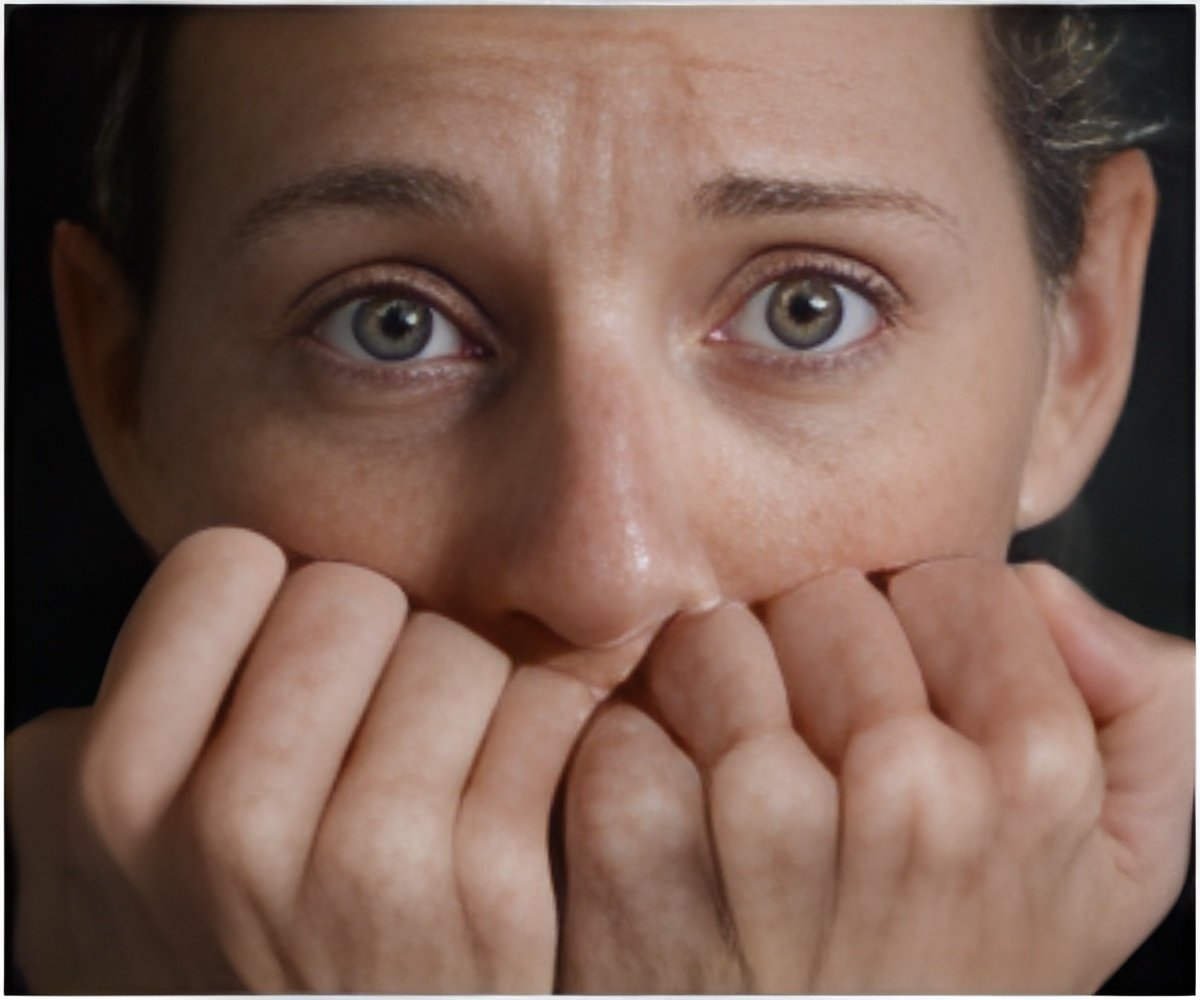How we respond to danger is now differently understood and the human subconscious has a bigger impact on our response than previously thought, according to research led by the University of Exeter.

Participants recruited to the study sat in front of a screen, on which a coloured shape sometimes appeared. Half the time, the image was accompanied by a mild electric shock. For the rest of the time, the image appeared but no shock was given.
During the trial they were asked to rate whether or not they expected a shock to be given and their 'skin conductance' was monitored. This technique measures the variation in the electrical activity of the sweat glands in the skin, which is an indication of the state of arousal of the sympathetic nervous system. In other words, it gives us a reading of a person's emotional state.
Following a series of trials involving shocks, participants were more likely to predict they would not receive a shock when the image was next shown. The complementary result was that they generally anticipated receiving a shock if they had not had one for the last few images. This phenomenon of expecting good luck after a run of bad luck and vice versa, is known as the 'gambler's fallacy'.
The skin conductance responses revealed the opposite pattern. Following a series of shocks accompanying the image, their physical responses to the next image shown suggested participants were more likely to expect another shock, but that they were less likely to expect a shock after a run of no-shock trials. This pattern of responding is consistent with 'associative learning': associating a visual cue with a significant event, a phenomenon that is well known in animals.
Previously it has been thought that, when using this type of procedure, humans respond differently from animals because we rely on conscious reasoning, rather than associative learning to generate our expectations. This study suggests that, despite our sophisticated mental capabilities, our responses are in fact driven by these more primitive processes when in danger.
Advertisement
"This could have important practical implications. Now that we know that associative processes are implicated in our response to fear-inducing stimuli, we need to consider the implications for the ways in which we treat anxiety and phobias."
Advertisement
Source-Eurekalert











